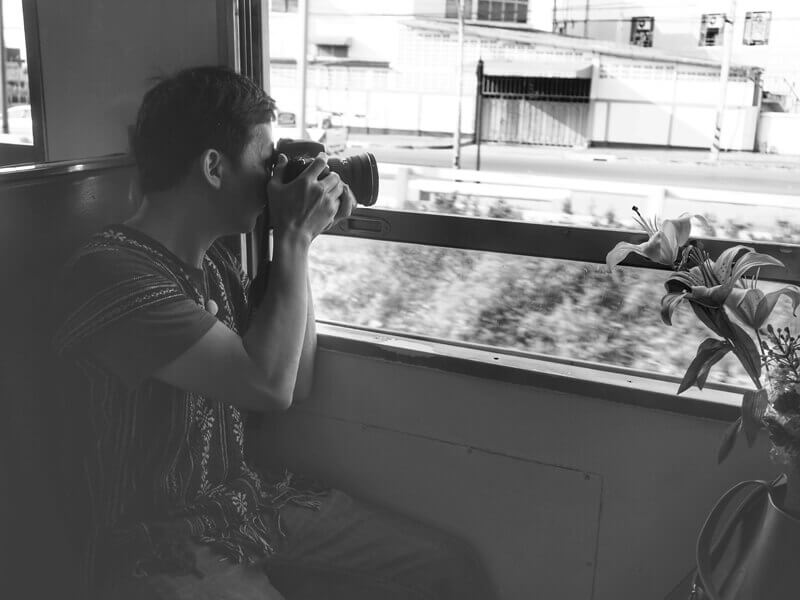
The American Association of Community Colleges, One Du Pont Circle, Washington, DC 20036, is the best source of up to date information at the two year college level.
Directories, available in some school and public libraries, containing names and addresses of many community and junior colleges with requirements for admission to each college, enrollment, descriptions of the campus facilities, curricula offered, costs, and financial aid available, are:
American Association of Community Colleges Annual Directory One DuPont Circle Washington, DC 20036
Peterson's Guide to Two Year Colleges P.O. Box 2123 Princeton, NJ 08543
There is a wide variety in photography curricula, some quite good and others not as well planned, offered on the junior college or community college level. Many of them are quite basic.
Dakota County Technical College
A good example of a comprehensive photography program at the community college level is the program offered by Dakota County Technical College in Rosemount, Minnesota. This college offers six different programs related to photography. These range in length from a two year, associate degree program requiring the completion of 96 quarter hour credits, to a short (16 credit) certificate program. Following is an overview of the requirements of each program.
A.A.S. Degree, Photographic Technology (pending state approval): 55 credits in photography and related courses, plus electives and general education requirements totaling 96 credits.
Diploma, Photographic Technology: 46 credits in photography and related courses and 2 elective credits.
Certificate, Mini Lab Operator: 12 credits consisting of four courses related to photo processing, plus technical electives totaling 4 credits.
Certificate, Photographer Assistant: 17 credits in photography courses.
Certificate, Professional Lab Technician: 29 credits in courses related to photography and lab work, plus 3 elective credits.
Certificate, Electronic Imaging Technician: 36 credits in courses related to photography, printing, and electronic imaging.
Milwaukee Area Technical College
The Milwaukee Area Technical College (MATC) also has an impressive photography program. Program offerings at MATC include the following:
TECHNICAL COURSES
View Camera Techniques, Photographic Trends, Photographic Lighting, Measurement Techniques, Color Photography 1, Commercial Photography, Portraiture Color Photography 2, Photographic Portfolio, Photojournalism, Industrial Photography, Photographic Internship
TECHNICAL SUPPORT COURSES AND ELECTIVES
Design and Composition Fundamental Photography, Photographic Machine and Process Monitoring, Digital Darkroom Techniques, Drawing Techniques, Survey of Digital Photography, Digital Photography, Advanced Studio Lighting, Candid and Formal Wedding Photography, Introduction to Printing, Introduction to Computers, Typical Courses Offered in Community and Technical College Photography Programs, Beginning Camera Techniques, Black/White Processing and Printing, Custom Black/White Printing Techniques, Photographic Chemistry, Photographic Science, Process Monitoring for Color, Professional Portrait Photography, Introduction to Professional Printing, Professional Color Printing, Machine Printing and Proofing, Mini Lab Systems, Copy and Restoration, Commercial Photography, Introduction to Electronic Imaging, Introduction to Photoshop, Introduction to Graphic Communication, Line Photography Theory, Line Photography Lab, Stripping I, Halftone Photography, Customer Relations in Trade and Technical Industries, Lab Technician and Management, Photography Workshop I, Photography Workshop II, Special Projects Workshop III, Advanced Process Monitoring. Advanced/Specialized Photography, Color Print Enhancement Techniques, Introduction to Photo Technology, Photographic Internship, Basic Object Lighting, Introduction to Digital Imaging, Photojournalism
TRADE SCHOOLS
Technical and trade schools have more specialized curricula. They are streamlined and free of the usual academic studies normally a part of photography courses in colleges and universities. In these schools, you learn by doing and work under the immediate supervision of an instructor.
Trade schools seem to be growing in popularity, since there are increasing numbers of them across the country. The mere fact that students receive more intensive training, and therefore complete their training in one or two years, is appealing to many individuals with a desire to learn photography but with a limited budget for schooling.
To obtain a better idea of the types of vocational training currently available, look in your local library for the Directory of Public Vocational Technical Schools and Institutes, published by Media Marketing Group & Minnesota Scholarship Press, Inc., P.O. Box 611, DeKalb, IL 60115. This book lists schools and institutes in alphabetical order by name of each school within each state.
Pertinent categories listed under photography schools and courses include:
Photo Equipment Technician, Photographic Technician, Photography, Photography and Film Communications, Photography Commercial/Professional, Photo Lab Technician, Photojournalism
Hallmark Institute of Photography
The Hallmark Institute of Photography in Turner Falls, Massachusetts, is one school that provides specialized photographic training in only ten months. Hallmark takes pride in its atmosphere of real world experience in photography, which is structured more as a photographer/client relationship rather than as student/teacher.
Hallmark offers an intensive schedule requiring student attendance and involvement on a Monday through Friday, full day basis, with occasional evening and weekend assignments. To complete this accelerated program, a cumulative total of approximately 1,400 class hours in 40 weeks is required, which is said to be the equivalent of nearly two years of traditional academic schedules. Although about 65 percent of this class time is related to photography, the remainder is devoted to such related academic and business subjects as finance, marketing, business management, and personnel, subjects that are essential to surviving as a photographer today.
Although not all Hallmark graduates decide to actually pursue a career in photography immediately after graduation, better than 80 percent of the graduates find successful employment, the majority working for small studios or becoming self employed. The faculty and staff are experienced working professionals who teach subjects with which they deal on a day to day basis.
